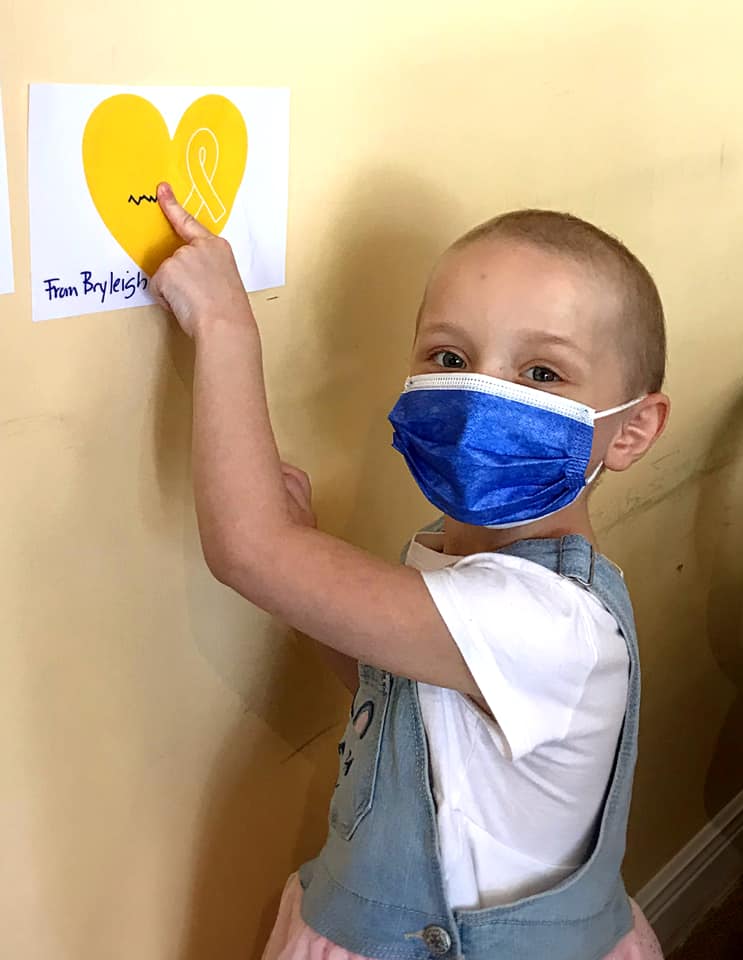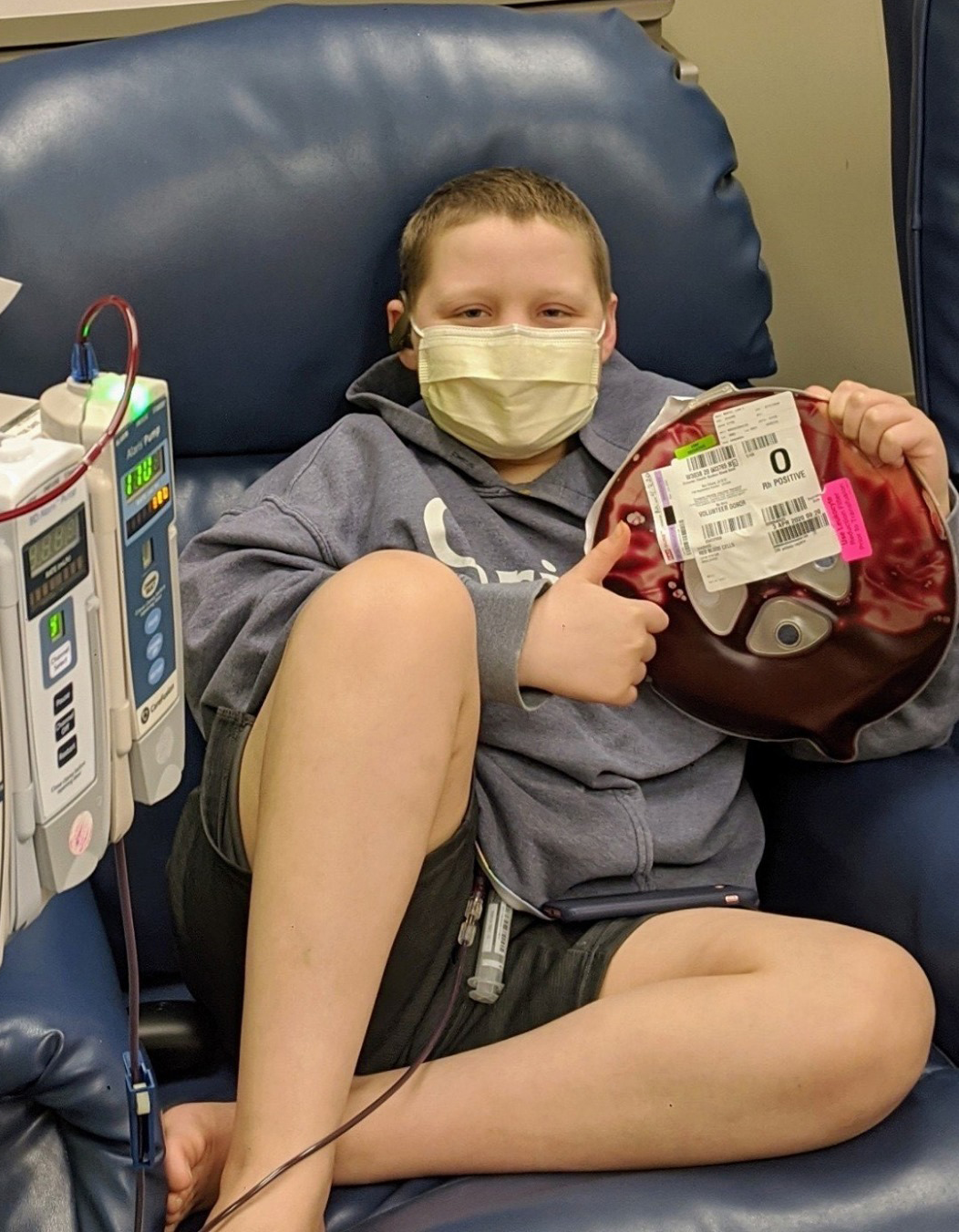Blood provides the body with many of the vital elements needed to sustain life. Trauma victims, cancer patients, and even newborn babies may require blood transfusions to survive. Donating blood is a safe and easy way to be an every day hero in your community.
Whole Blood Donations
Regular blood donations are referred to as whole blood donations. This is the most common blood donation, and what most people think of when they think of donating blood. The average donation takes around 8-10 minutes in which approximately one pint of blood is drawn. The blood is then sent to our labs, tested for the safety of the recipient, separated into components (Platelets, Plasma, and Red Blood Cells) and bagged together by blood type and distributed to one of our area hospitals.
Apheresis Donations
In an Apheresis donation, blood drawn from the donor's arm goes first to a cell separator machine. This type of automated technology is called apheresis (pronounced "a-fur-e-sis"). The components are separated and sent to a collection bag and the remaining components are returned to the donor. Apheresis allows us to collect a larger, concentrated amount of a single blood component. Apheresis donations collect Platelets, Plasma, or a combination of both!
Apheresis is a closed, sterile system utilizing single-use disposable needles and plastic tubing. The donation takes about one to two hours.
 Donating Platelets
Donating Platelets
Platelets help your blood to clot by forming a temporary plug in the wound that helps stop the bleeding. A continuous supply of fresh platelets is essential to meet the needs of patients in area hospitals. Unlike whole blood, the shelf life of a unit of platelets is only five days, so platelet donors are needed on a consistent basis in order to keep a full supply. We offer platelet donations at our donor centers. Please call to make an appointment, or if you have further questions. (You can also send an email to info@thebloodcenter.org)
Donating Plasma
Plasma is the liquid portion of blood and contains all the substances necessary for normal blood clotting. A continuous supply of plasma is essential to meet the needs of patients in area hospitals. Nearly four million units of plasma are transfused annually in the United States. As medical treatment improves, plasma use continues to grow. We offer plasma donations at 6 of our donor centers. Please call to make an appointment, or if you have further questions. (You can also send an email to info@thebloodcenter.org)
Double Reds/Alyx Donations
Of the blood components that are transfused most (red blood cells, platelets, and plasma), red blood cells are in the greatest demand. The Double Reds donation process uses automated technology (Sometimes called Alyx) to safely collect double the amount of red blood cells versus a regular whole blood donation. More than 14 million pints of red blood cells are transfused annually in the United States. We accept Double Red donations at our donor centers and at select mobile blood drives (ask if "Alyx" is coming along to the blood drive)